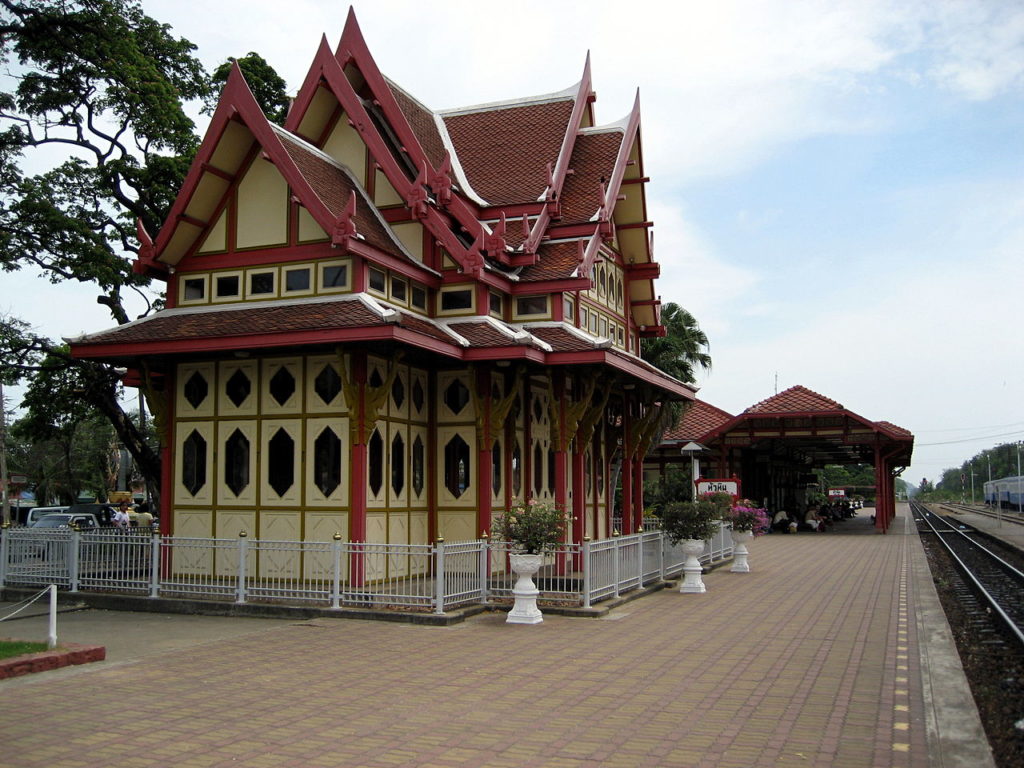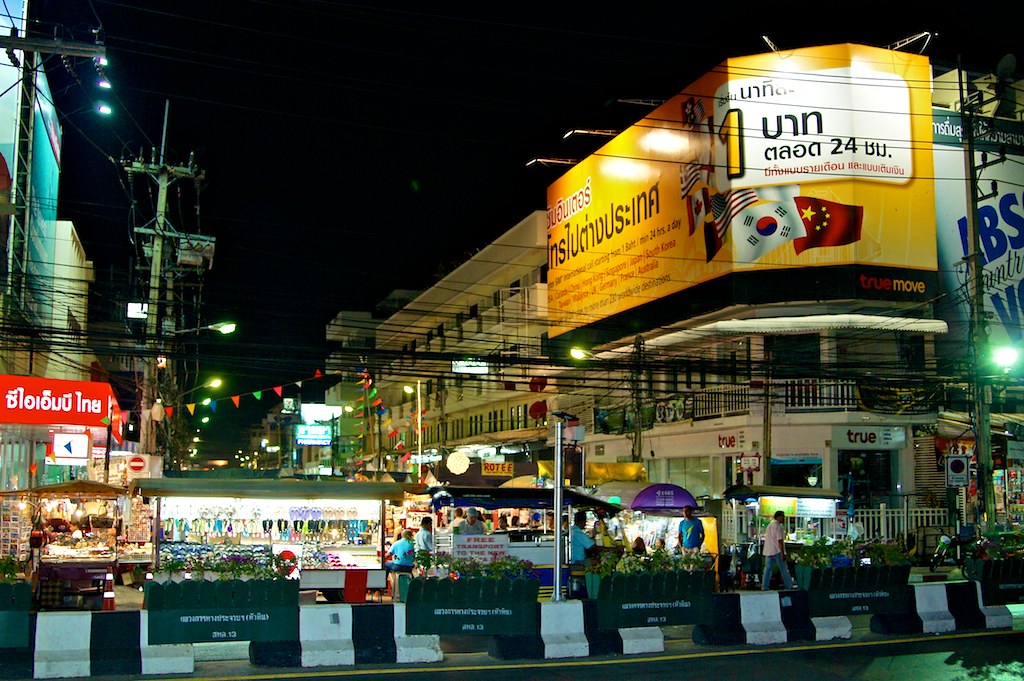With an uninterrupted stretch of coastline facing the tranquil waters of the Gulf of Thailand, this pocket of paradise, with rolling hills in the distance, has long been considered the “Thai Riviera”.
Since Prince Chakrabongse – the 40th child of King Chulalongkorn – first stumbled upon this idyllic seaside spot in 1911, the town has evolved from a sleepy fishing village to a serene sanctuary for Thai blue bloods.
With the construction of a railway line that connected Bangkok to Hua Hin that same year, the elite from the capital soon followed, making the town’s pristine shores their restful retreat.
Through the decades, Hua Hin has grown into a lively beach resort town, seducing holiday-goers with its many beaches, theme parks, markets, national parks and heritage buildings steeped in royal history.
Soak up the sun
As a seaside resort, there’s no shortage of places where you can revel in some beach fun. For adventure-seekers looking for watersports, Hua Hin Beach is the place to be.
Lined with cafes and bars, this popular stretch of fine white sand and clear waters is where locals and tourists come to enjoy jet skiing, kiteboarding, and waterskiing.
 Equally popular but a little more secluded is Khao Takiab Beach, just 7 kilometres south of Hua Hin. Apart from enjoying a quiet swim, beachgoers like hiking up the 100-metre tall Monkey Mountain for its majestic vistas of Hua Hin Bay.
Equally popular but a little more secluded is Khao Takiab Beach, just 7 kilometres south of Hua Hin. Apart from enjoying a quiet swim, beachgoers like hiking up the 100-metre tall Monkey Mountain for its majestic vistas of Hua Hin Bay.
Travellers who enjoy sunbathing and solitude will appreciate the sandy shores of Sai Noi Beach 12 kilometres away from the town, as well as Khao Tao Beach, a local seaside hangout set against the backdrop of a hillside dotted with shrines and temples.
Marvel at regal architecture
You’ll find a handful of architectural gems around Hua Hin, including Mrigadayavan Palace, King Vajiravudh’s summer residence, built in 1924.
Take a stroll around the vast, verdant grounds of this beautifully restored historic home, where 16 teak buildings linked by corridors and balconies display both Thai and Western architectural influences.
 Travel 70 kilometres north of Hua Hin to feast your eyes on the unique structures of Phra Nakhon Khiri Historical Park, a former royal summer residence that combines Thai, Chinese and European Neoclassical architecture.
Travel 70 kilometres north of Hua Hin to feast your eyes on the unique structures of Phra Nakhon Khiri Historical Park, a former royal summer residence that combines Thai, Chinese and European Neoclassical architecture.
Another must-see is the Hua Hin Railway Station, constructed in 1926 to replace the original station built 15 years prior.
This main draw here is the Phra Mongkut Klao Pavilion, a Thai-style pavilion built in the early 1900s which was relocated from Sanam Chandra Palace to the railway station in 1967 to serve as the waiting room for the royal family.
Shop for art
You’ll find several exciting night markets around Hua Hin, but if you’re game for more of an artsy shopping spree, head over to the Cicada Night Market.
 Located in the heart of Hua Hin, this is where you will find handcrafted items, fashion accessories, jewellery and paintings. It’s common to spot artists honing their craft at the market too.
Located in the heart of Hua Hin, this is where you will find handcrafted items, fashion accessories, jewellery and paintings. It’s common to spot artists honing their craft at the market too.
There are also quite a few places in the market where you can also enjoy a tipple or two, live music and a host of performances.
Explore spectacular temple caves
Tham Khao Luang Cave, a temple cave said to be favoured by Thai kings, is located 70 kilometres away from town. Over 100 years ago, King Chulalongkorn established this temple, perched on the peaks of Khao Luang, the tallest mountain in southern Thailand.
The temple’s beauty is breathtaking, with stalactites hanging from the roof of the cave and an oculus-like opening in the main chamber that sees sunrays flooding through the temple filled with Buddhist statues.
 Another cave temple is the majestic Phraya Nakhon Cave nestled within the Khao Sam Roi Yot National Park. At the heart of the tranquil cave is the green and gold-hued Khuha Kharuehat Pavilion, built for King Chulalongkorn’s visit to the site in 1890.
Another cave temple is the majestic Phraya Nakhon Cave nestled within the Khao Sam Roi Yot National Park. At the heart of the tranquil cave is the green and gold-hued Khuha Kharuehat Pavilion, built for King Chulalongkorn’s visit to the site in 1890.
It takes a 429-metre hike up steep stairs to get here, but if you arrive in time to see the pavilion illuminated by the sun rays from the cave’s massive rooftop cavern, it’s worth the aches and pains.
According to airasia.com













